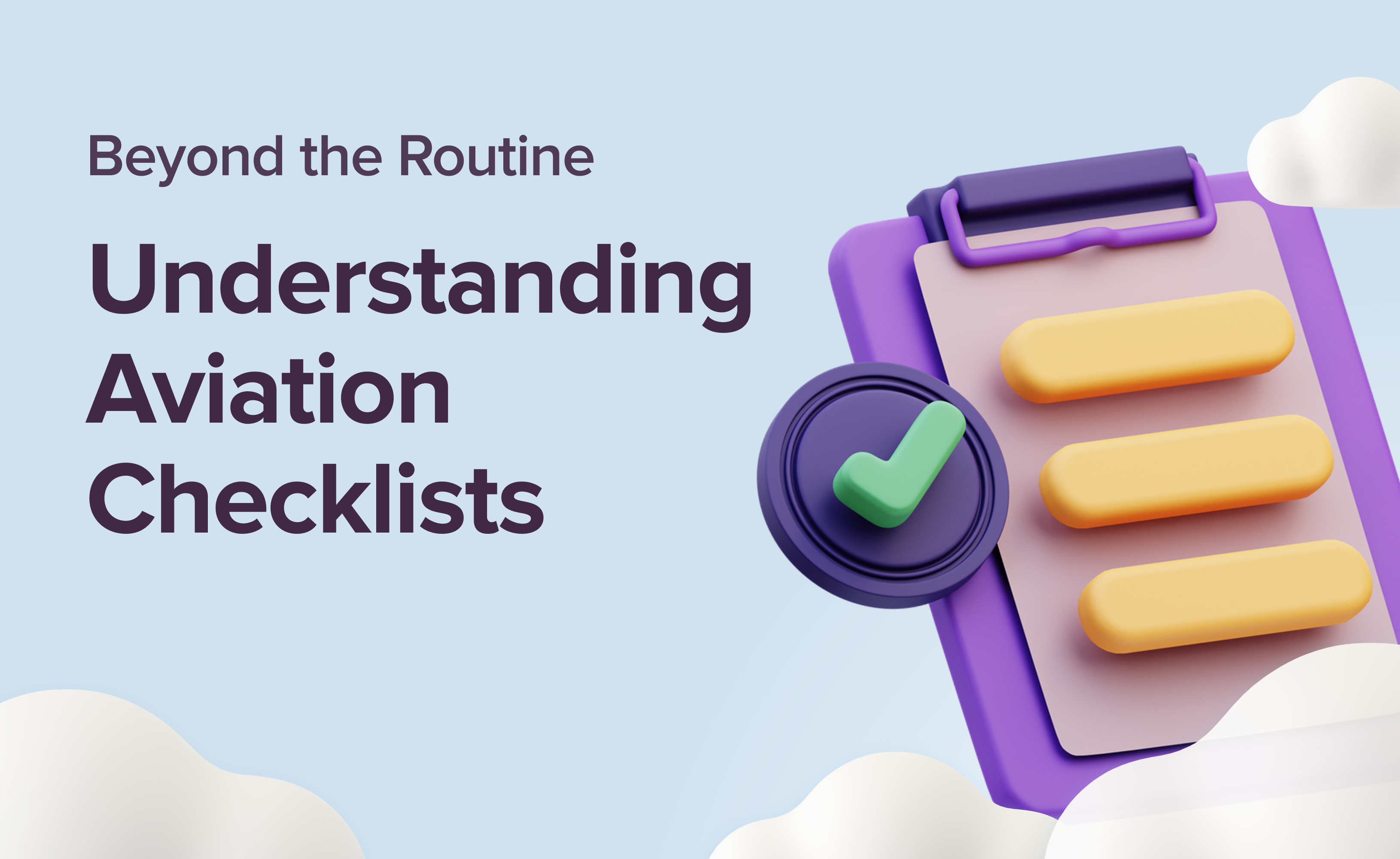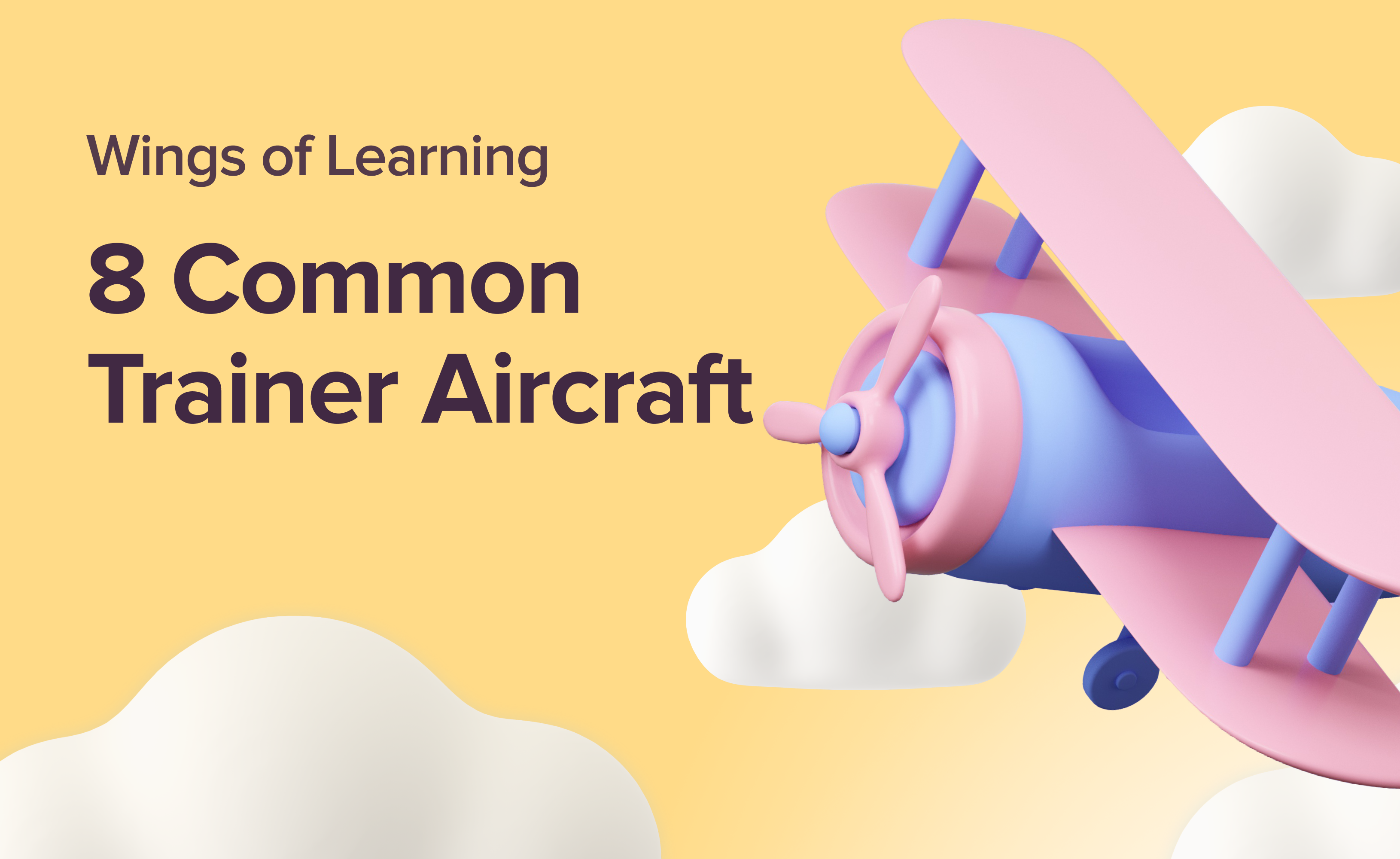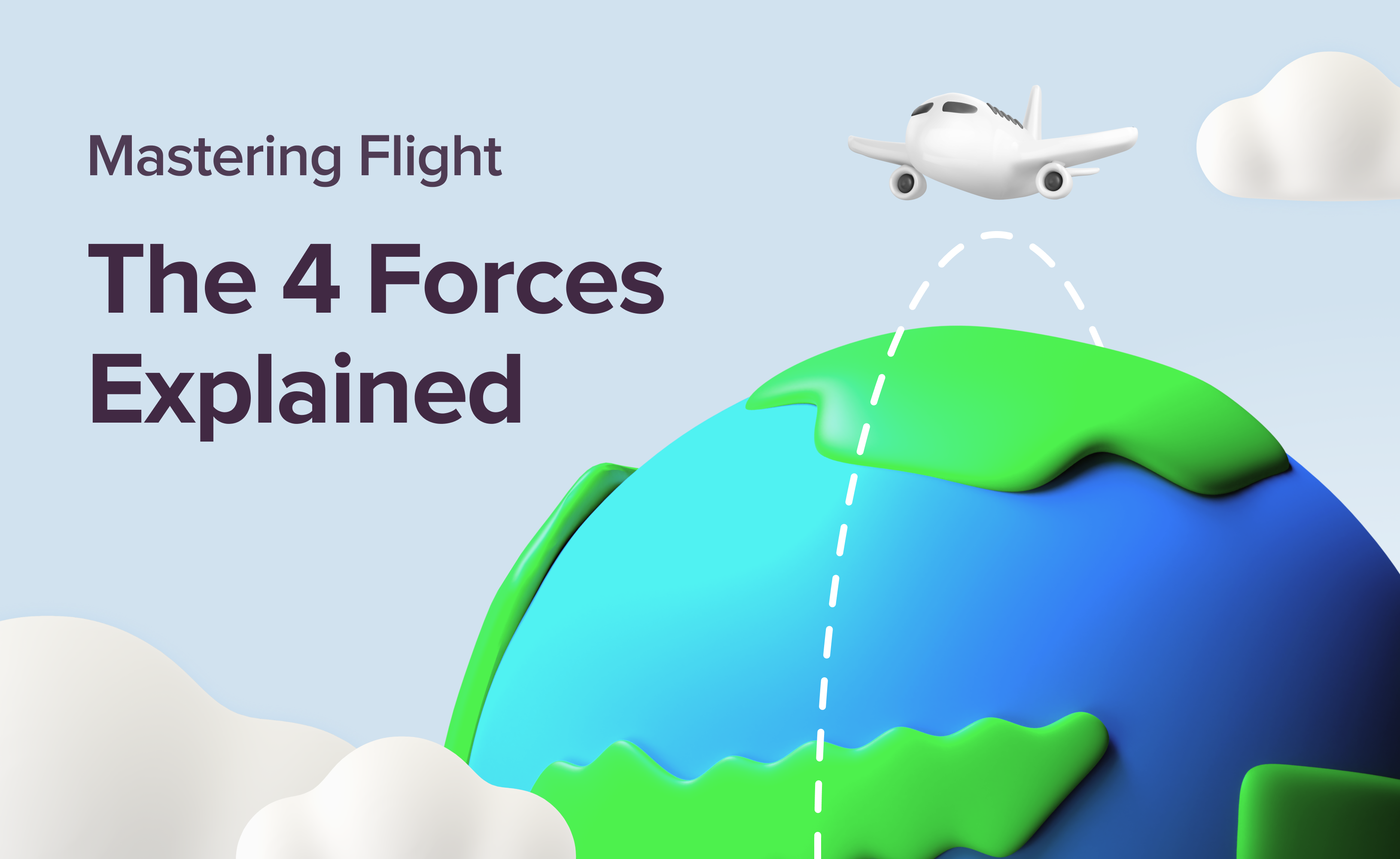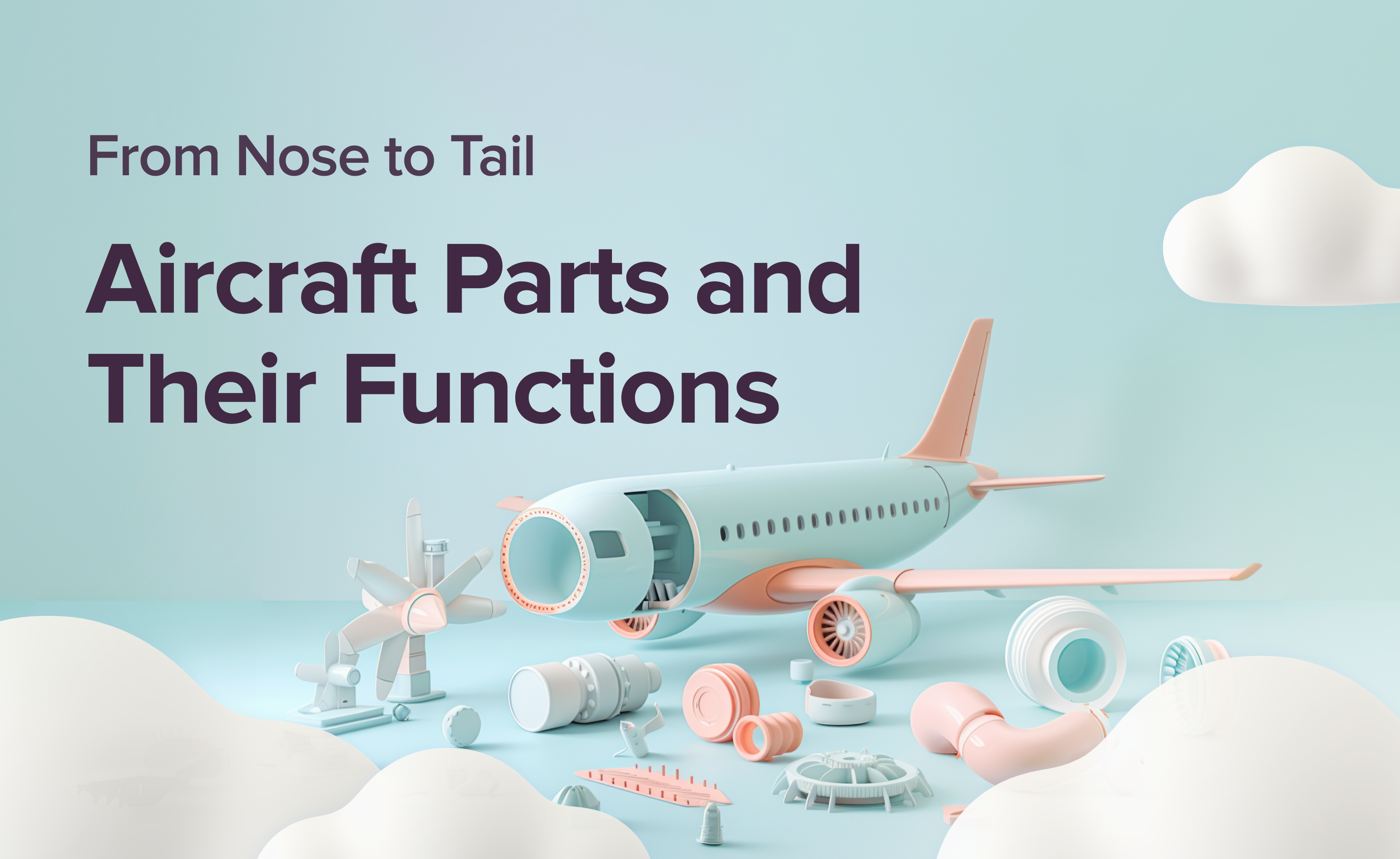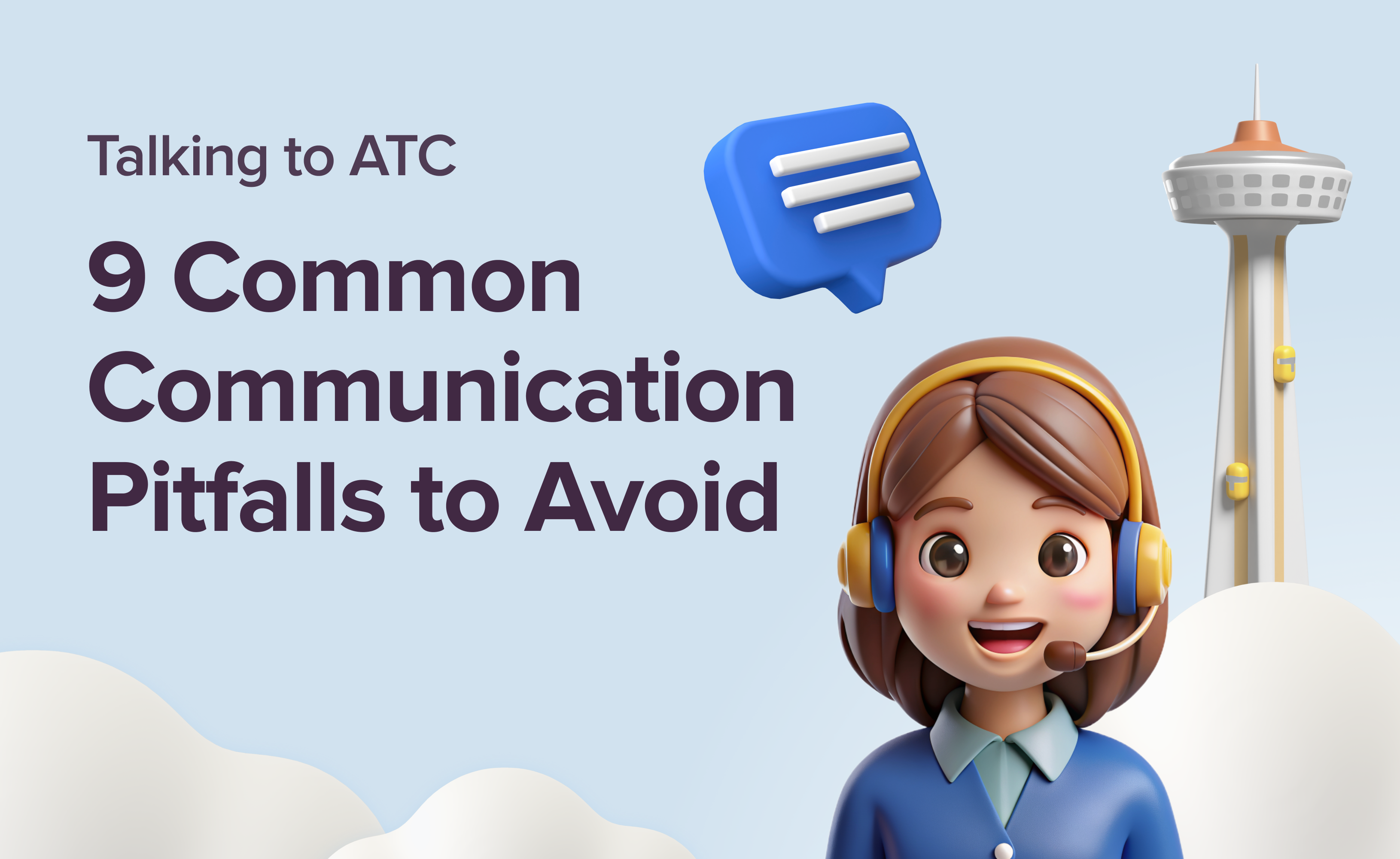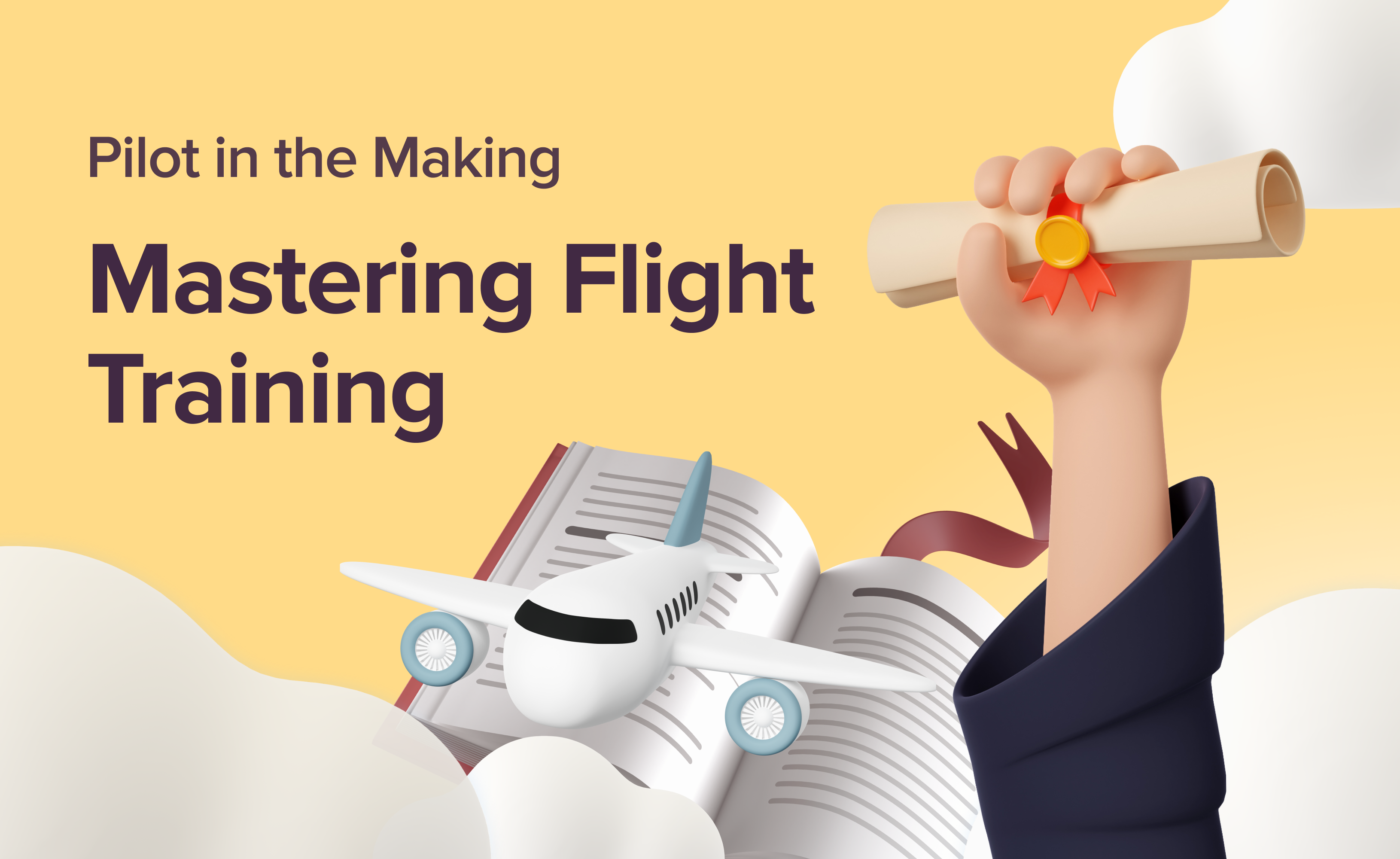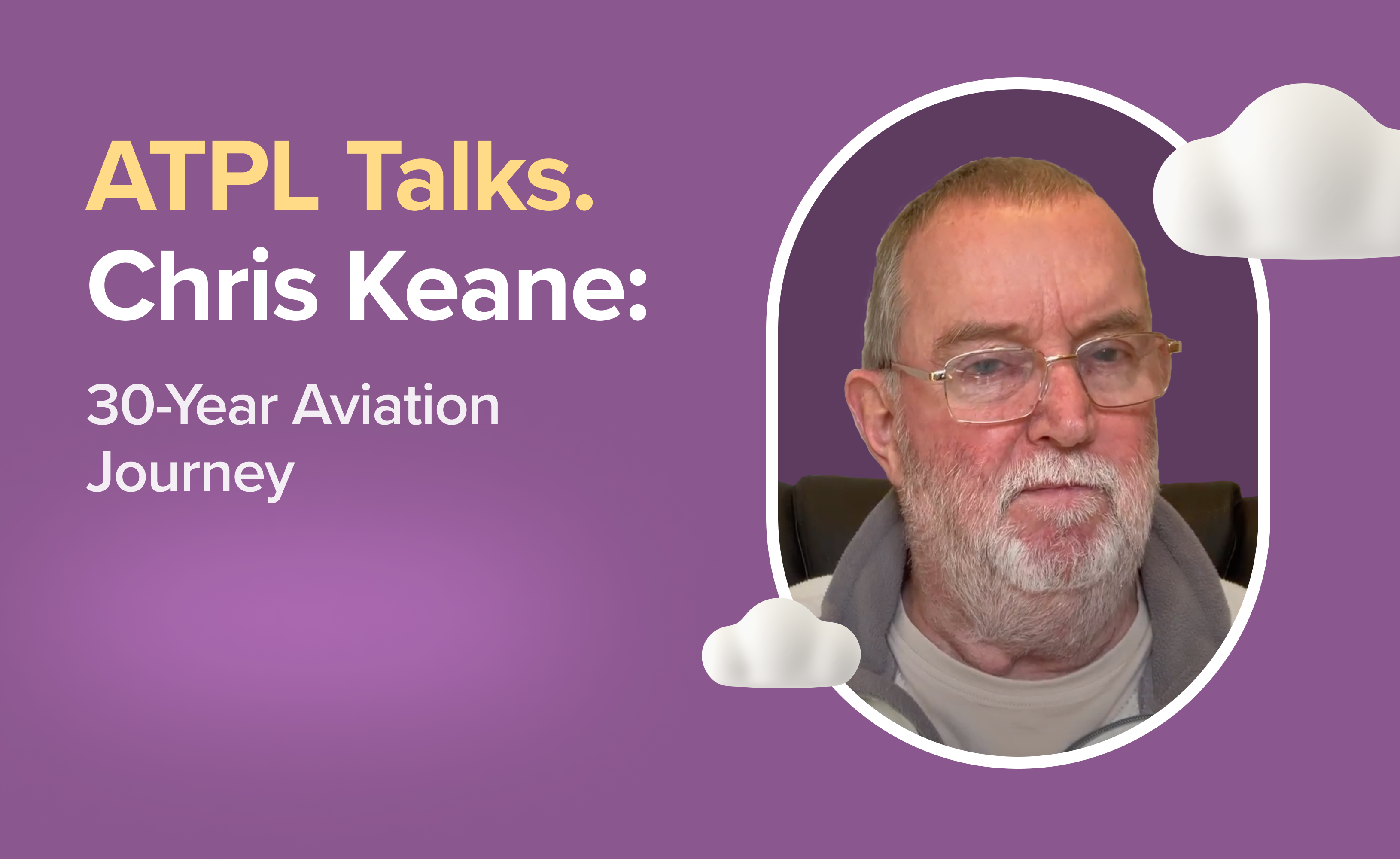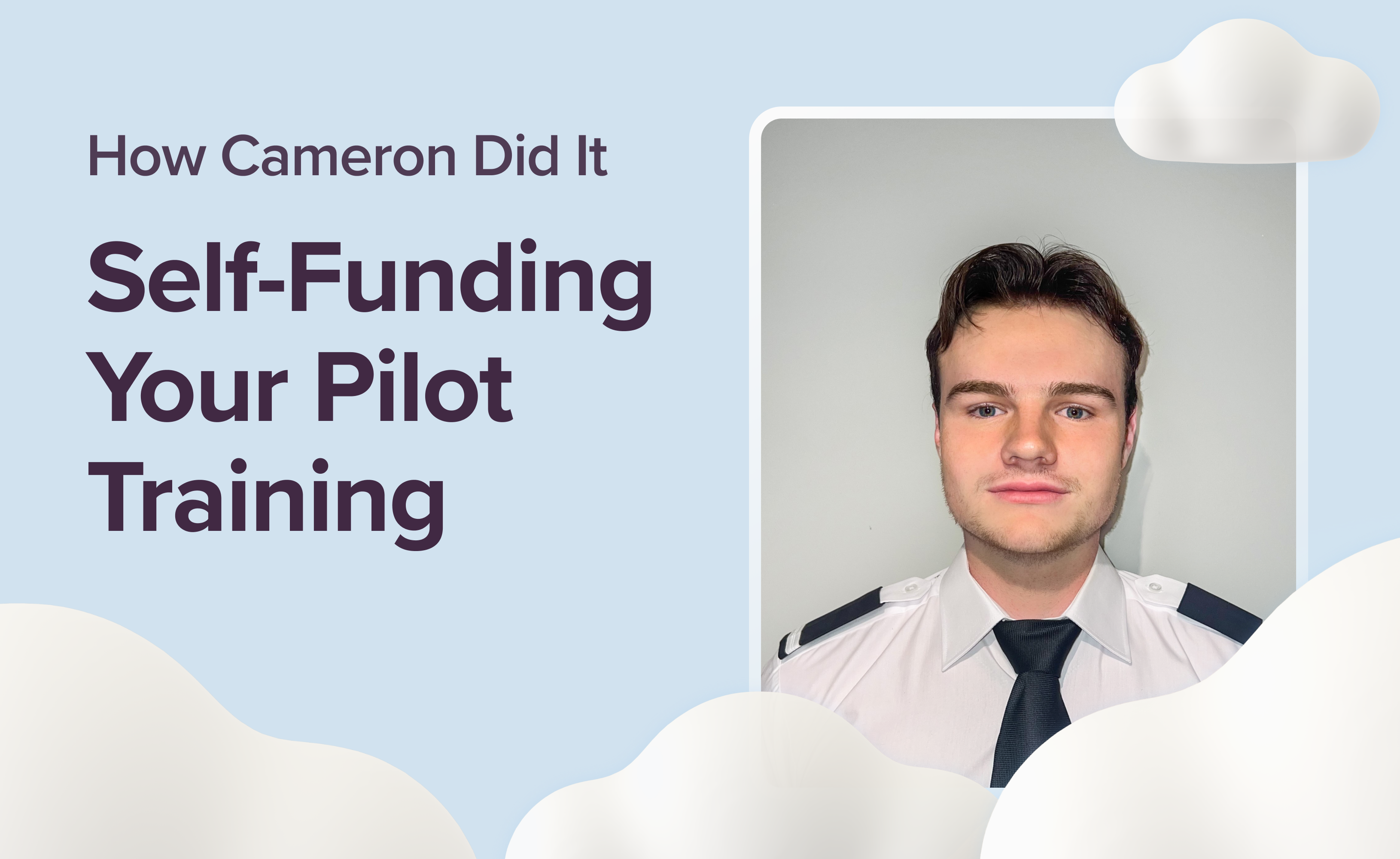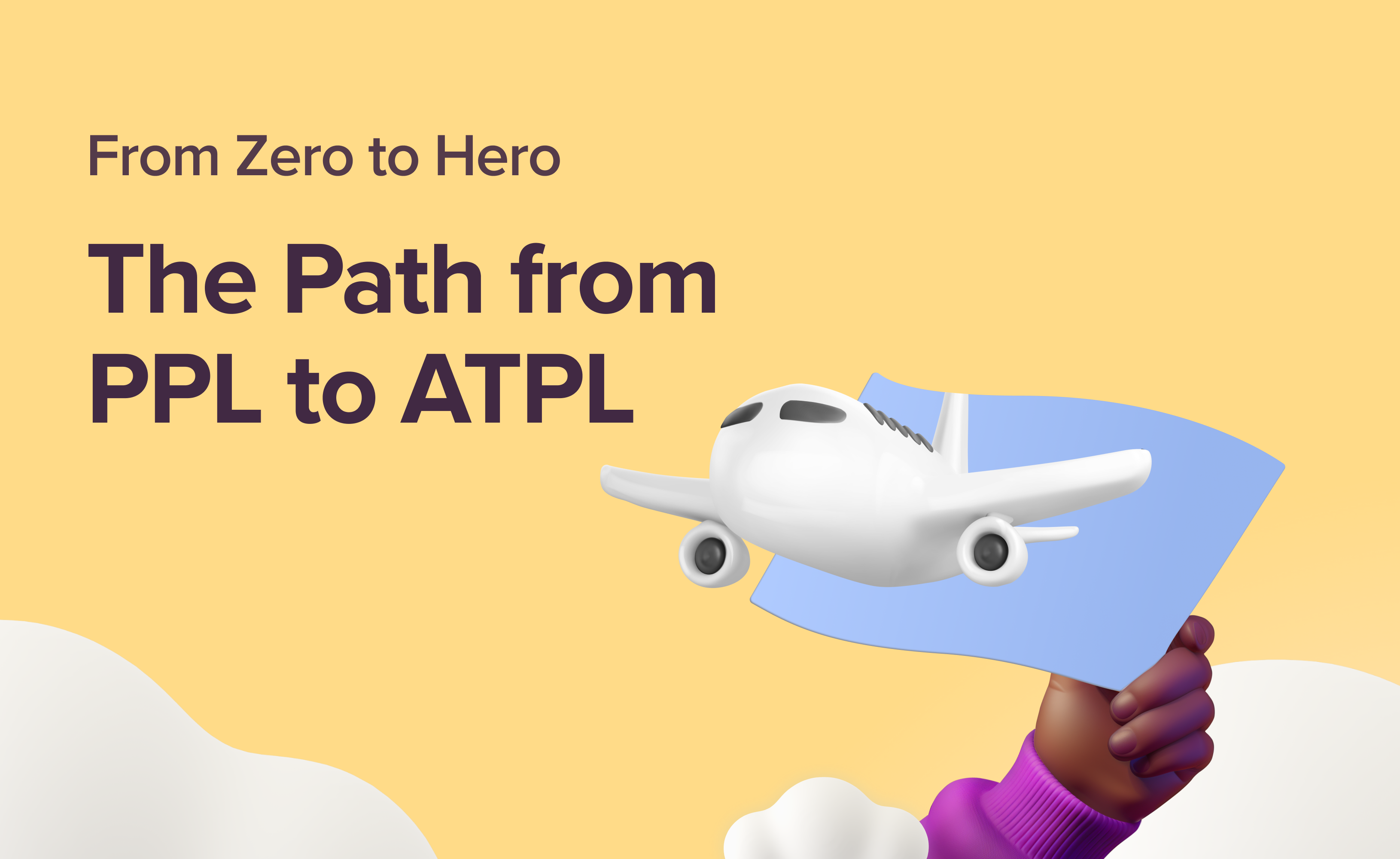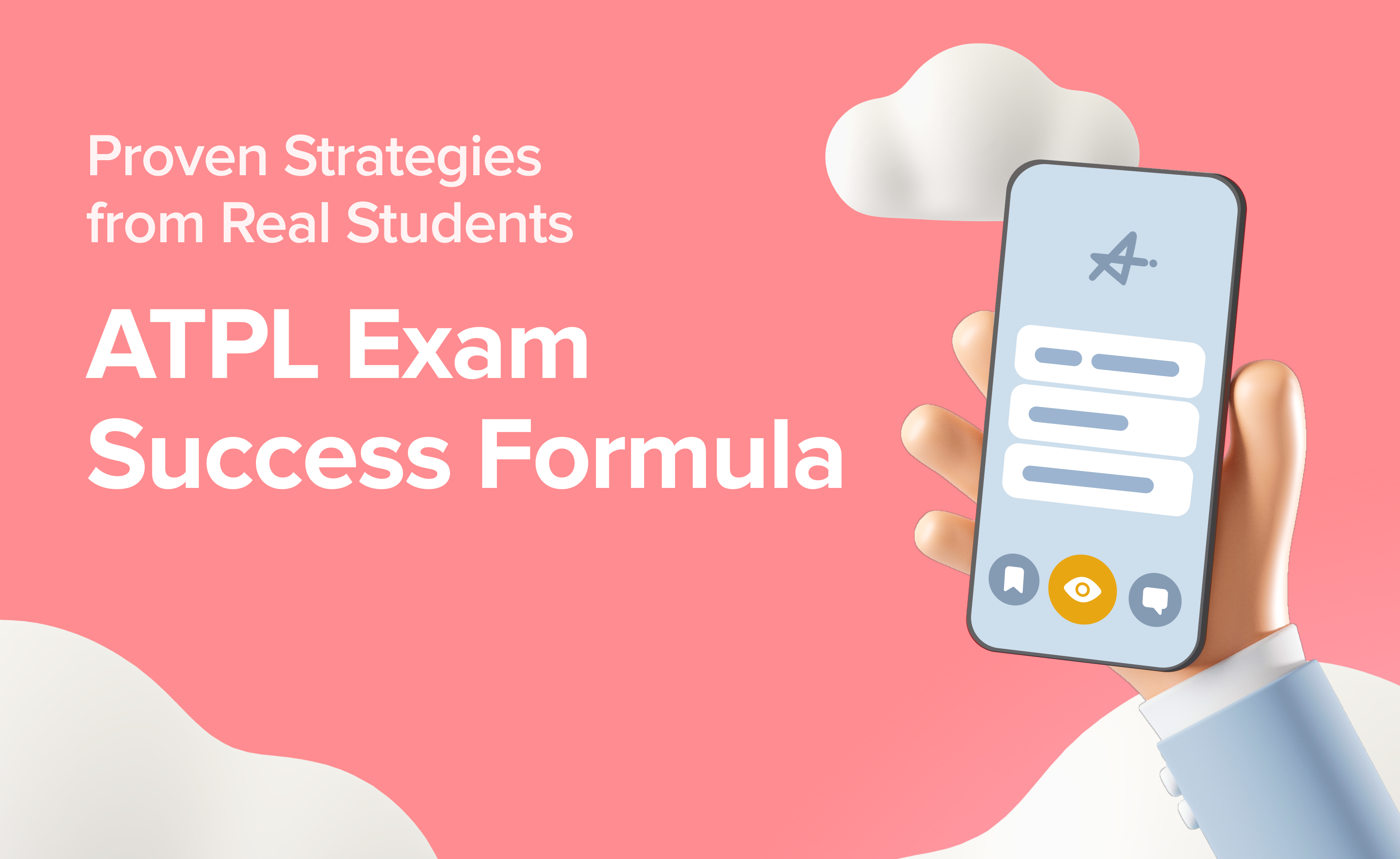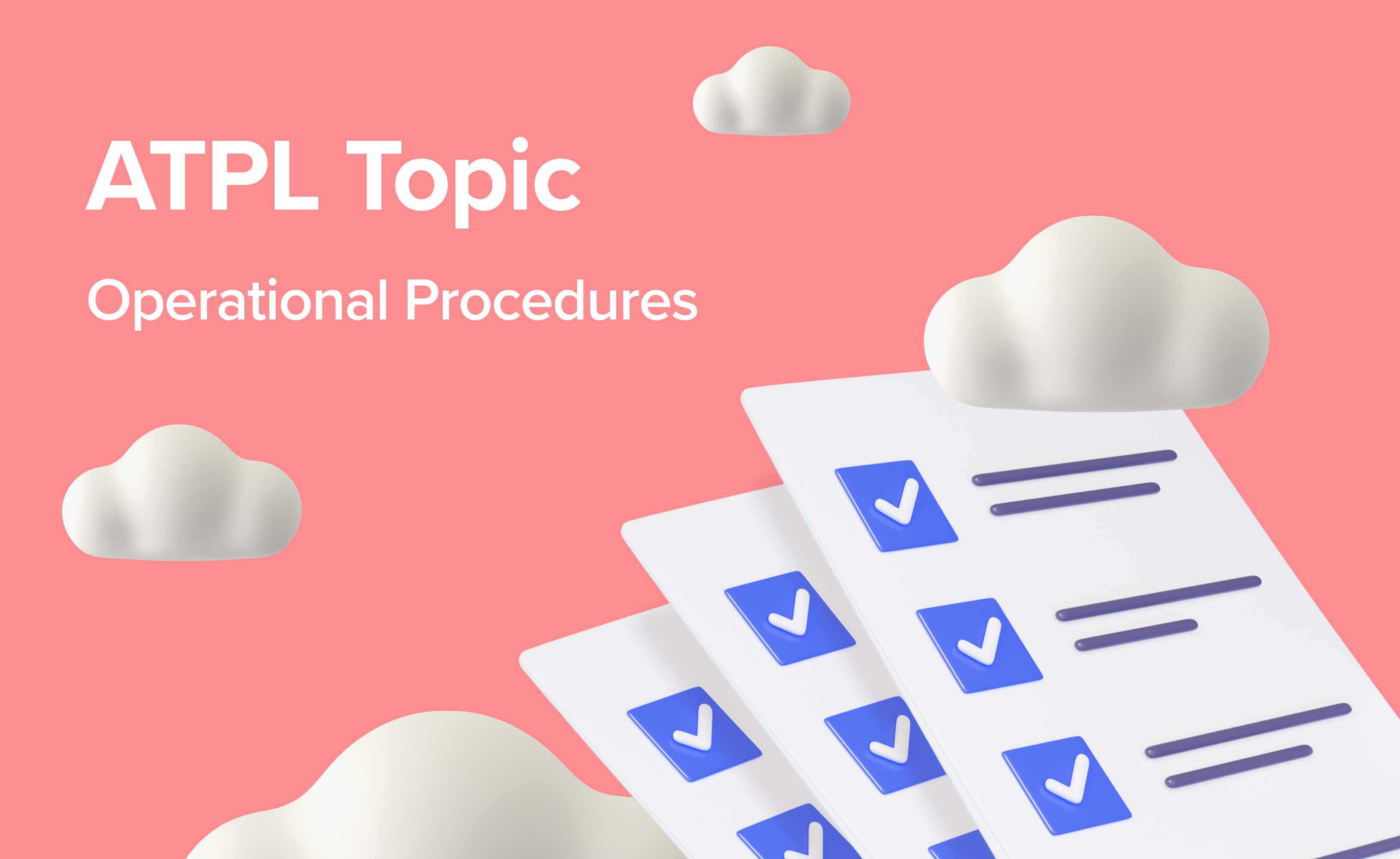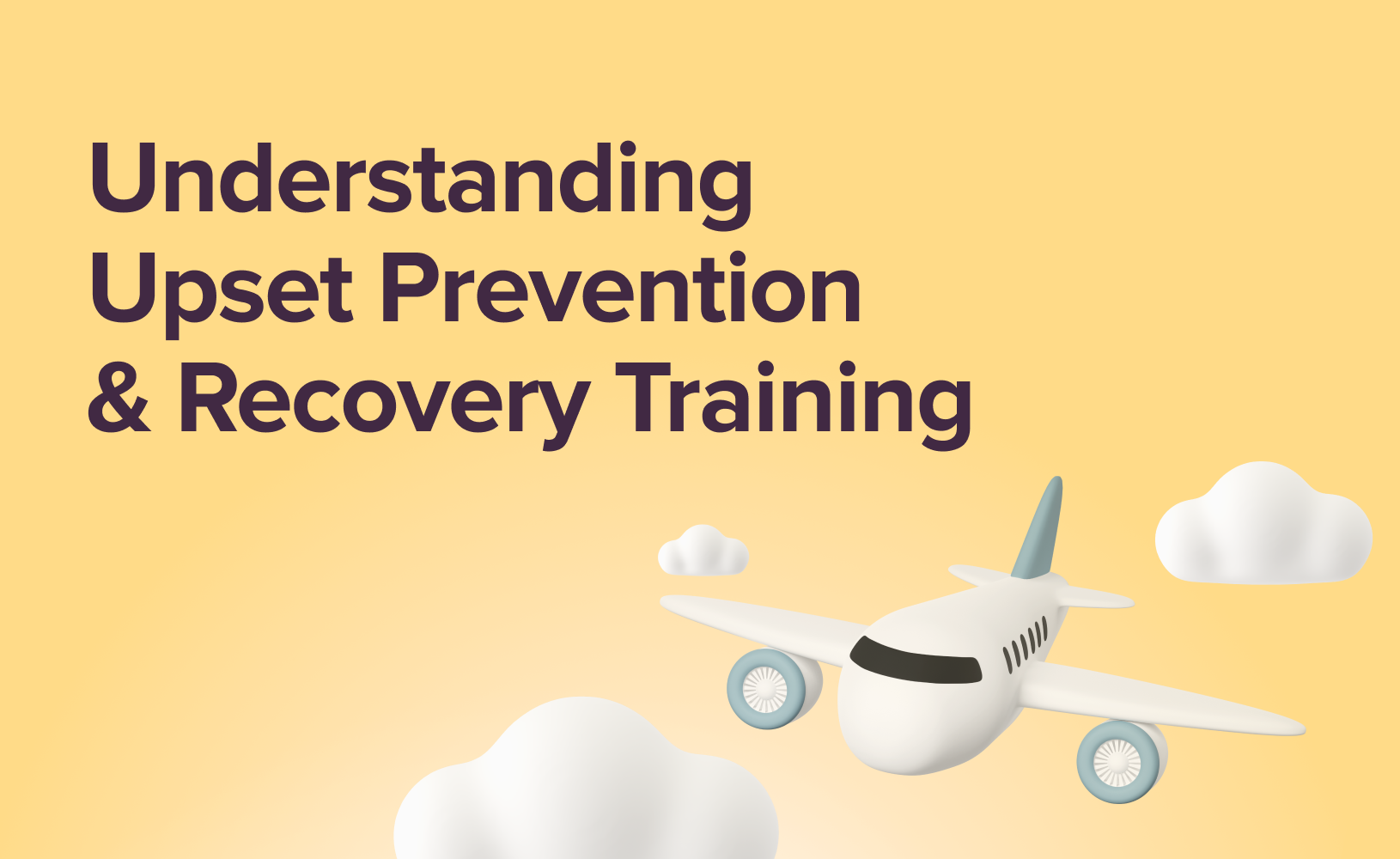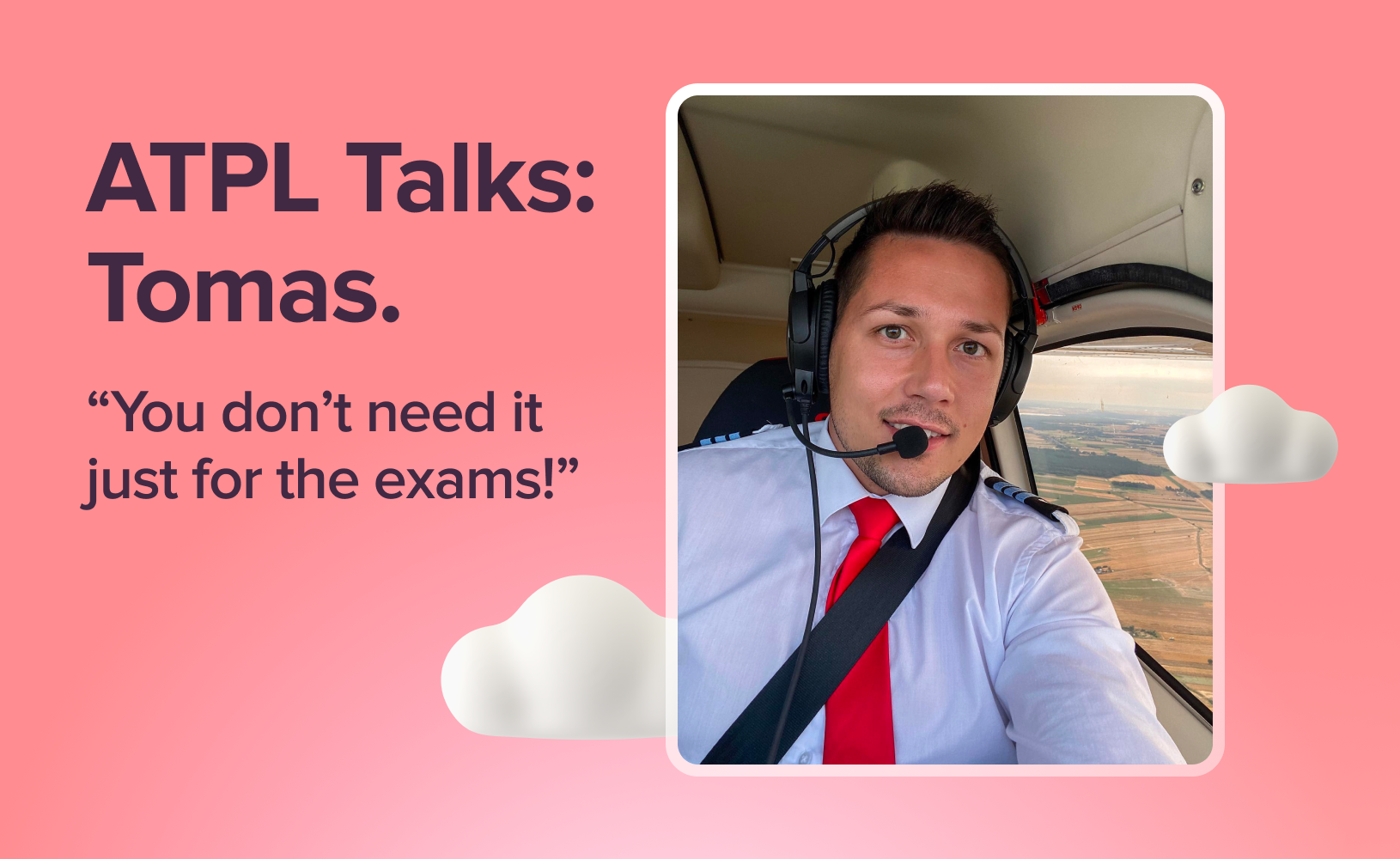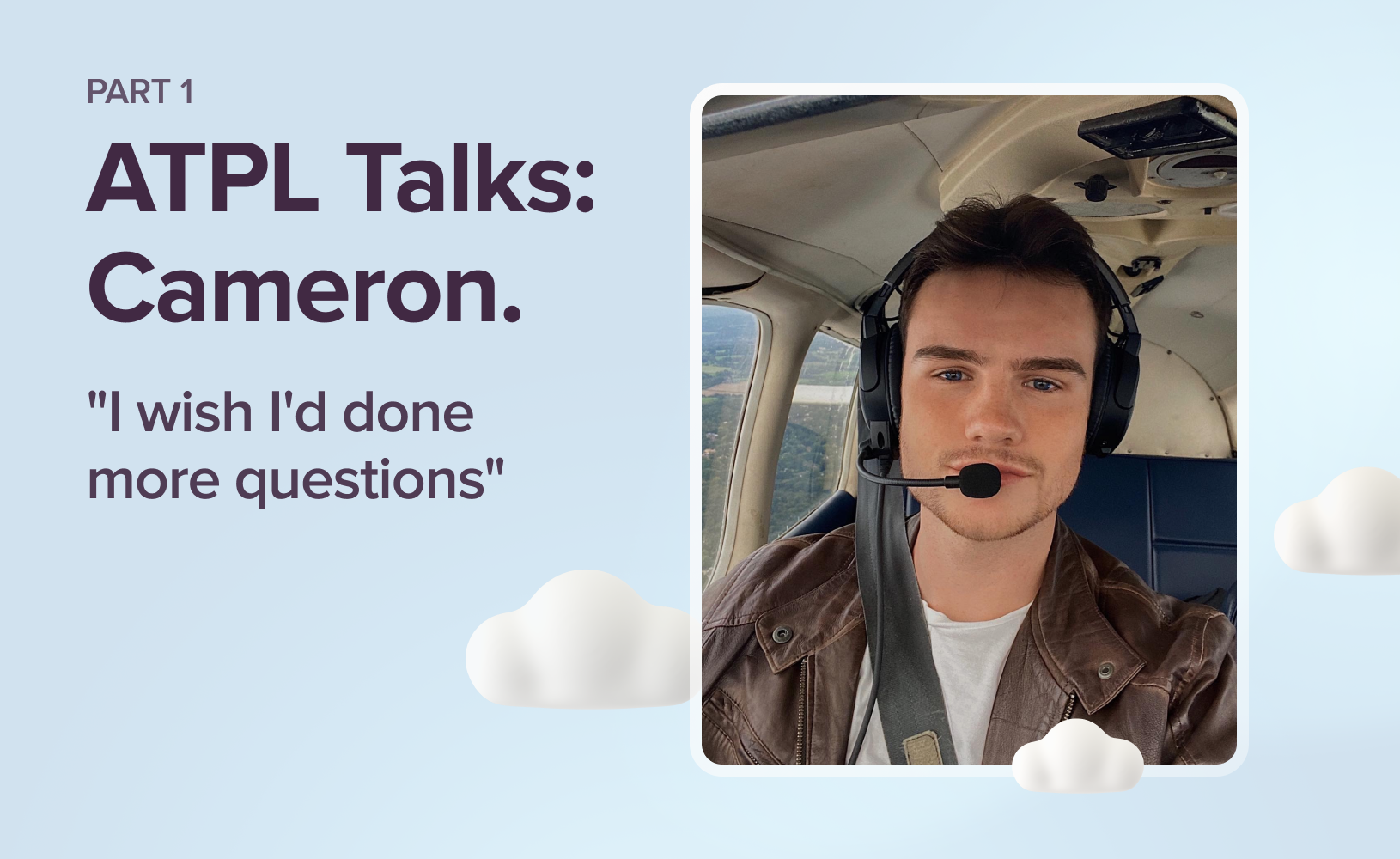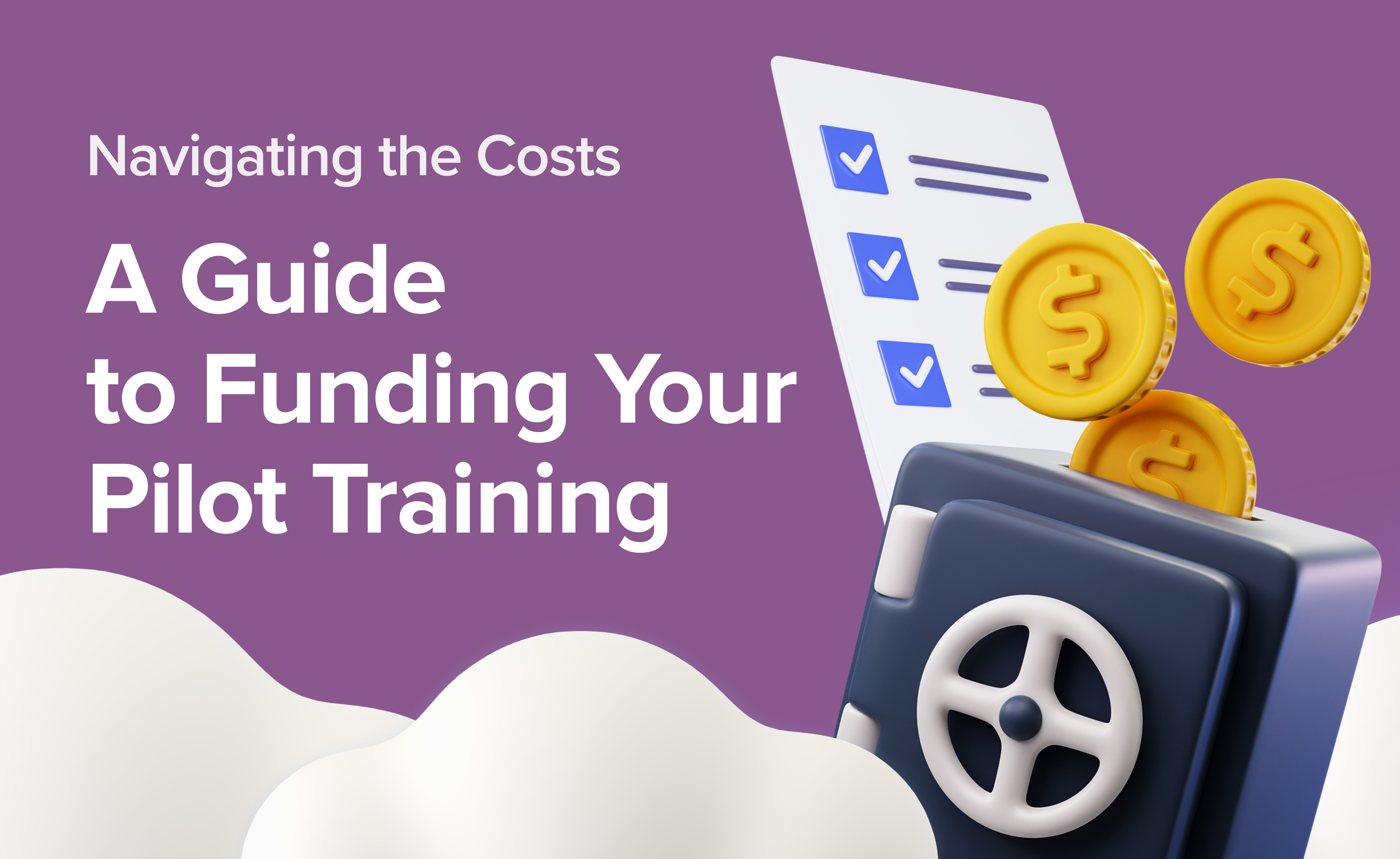IRI/IRE/TRI/TRE: From Poacher to Gamekeeper

As a pilot, you’ve spent countless hours in the cockpit, mastering the skies, and fine-tuning your skills. But now, you might be considering the next step — moving from flying solo to helping others navigate their journey. Whether you’re looking to pass on your expertise as an instructor or take on the responsibility of examining other pilots’ skills, transitioning from pilot to instructor or examiner is a significant career milestone.
This path opens new doors for career growth, offering opportunities to become an Instrument Rating Instructor (IRI), Type Rating Instructor (TRI), or even an Instrument or Type Rating Examiner (IRE/TRE). Not only can these advanced certifications enhance your professional standing and income potential, but they also allow you to play a crucial role in upholding aviation safety. By guiding and assessing future generations of pilots, you’ll ensure that the highest standards of skill and proficiency are maintained in the skies.
In this blog, we’ll explore the certifications that turn a seasoned pilot into a trusted instructor or examiner, and more importantly, how to achieve them without frustration. If you’re ready to take on a leadership role in aviation, read on to discover the path ahead.
From Poacher to Gamekeeper
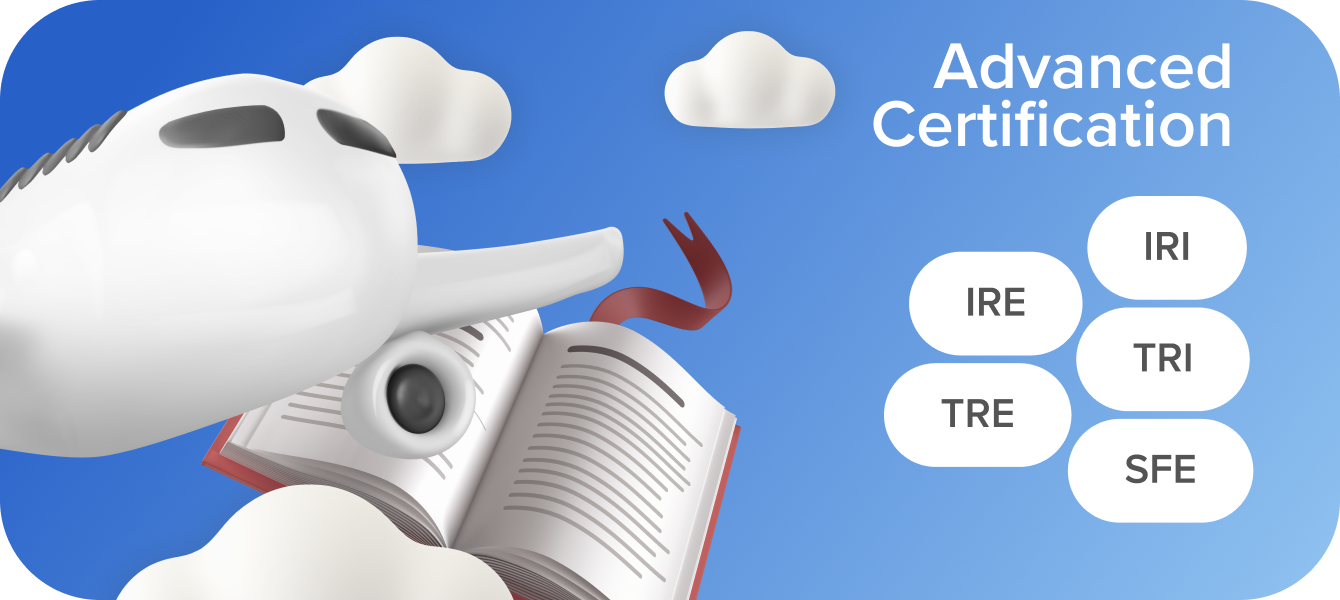
Transitioning from a pilot to an instructor or examiner is much more than a career shift—it's stepping into a leadership role within aviation. Achieving any of these advanced certifications—whether as an IRE, IRI, TRI, TRE, or SFE — transforms your role from a pilot focused on personal performance to one responsible for shaping and evaluating the skills of others. These certifications mark your journey from "poacher" (learner) to "gamekeeper" (mentor/examiner).
Each of these advanced ratings—IRE, IRI, TRI, TRE, and SFE—comes with distinct responsibilities and challenges. It also requires a combination of flight hours, instructor experience, and specialised training.
However, they all share a common purpose: safeguarding aviation safety by elevating the standards of training and evaluation. Let’s break down what each certification entails.
IRI – Instrument Rating Instructor

As an Instrument Rating Instructor, you’re at the heart of a pilot’s education, transforming visual-only flyers into proficient IFR pilots. IRI provides the necessary training for pilots to earn their Instrument Rating. Your guidance ensures that they not only meet but exceed the standards required to safely navigate challenging conditions.
To become an IRI, pilots must have substantial IFR experience and a teaching background.
Prerequisites for IRI:
Generally, at least 800 total flight hours, including 200 hours under IFR and a minimum of 50 hours of instruction in IFR operations.
You must hold a valid Instrument Rating and have extensive practical experience flying under IFR.
While teaching experience is not always a strict prerequisite, many candidates benefit from having a Flight Instructor (FI) rating or similar teaching qualifications.
Completion of an approved IRI training course, which focuses on instructional techniques and IFR procedures.
Pathway to IRI Certification:
Obtain your Instrument Rating (IR) and gain significant experience flying under IFR conditions.
Build instructor experience by gaining your FI rating or similar qualifications.
Complete an IRI training course, which includes practical instruction on how to teach IFR flight and conduct ground school lessons.
Pass an evaluation by a senior instructor to demonstrate your ability to teach IFR flight techniques.
IRE — Instrument Rating Examiner
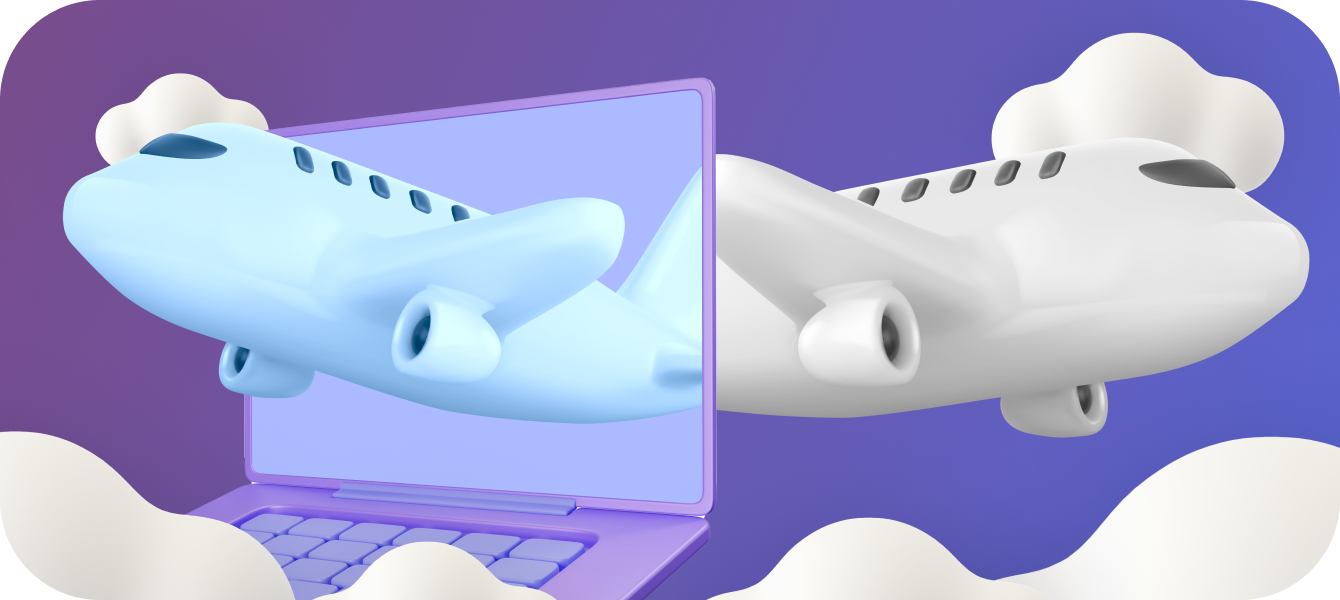
An Instrument Rating Examiner (IRE) evaluates pilots' ability to fly safely and accurately under Instrument Flight Rules (IFR). You’ll conduct practical flight tests, ensuring that pilots can competently operate in low-visibility conditions, relying solely on instruments. This certification is essential because it guarantees that IFR pilots can handle the most challenging flight conditions while maintaining strict safety protocols.
This certification requires advanced knowledge and experience in instrument flying.
Prerequisites for IRE:
Typically, at least of 2,000 flight hours total time as a pilot, with at least 500 hours flying under IFR.
A current Instrument Rating (IR) and extensive experience as an Instrument Rating Instructor (IRI) or similar.
You must hold a valid Instrument Rating Instructor (IRI) certificate or have experience in training instrument-rated pilots.
Complete the examiner training course approved by your country’s aviation authority (such as the CAA in the UK or EASA in Europe), including both theoretical knowledge and practical testing experience.
Pathway to IRE Certification:
Gain experience as an IRI with significant time instructing pilots on IFR operations.
Build flight hours under IFR to meet the minimum required threshold (usually 500 hours).
Enrol in an examiner training course, which will teach you how to conduct and evaluate Instrument Rating exams.
Pass a practical assessment where you will conduct mock check rides and evaluations under the supervision of a senior examiner.
TRI – Type Rating Instructor
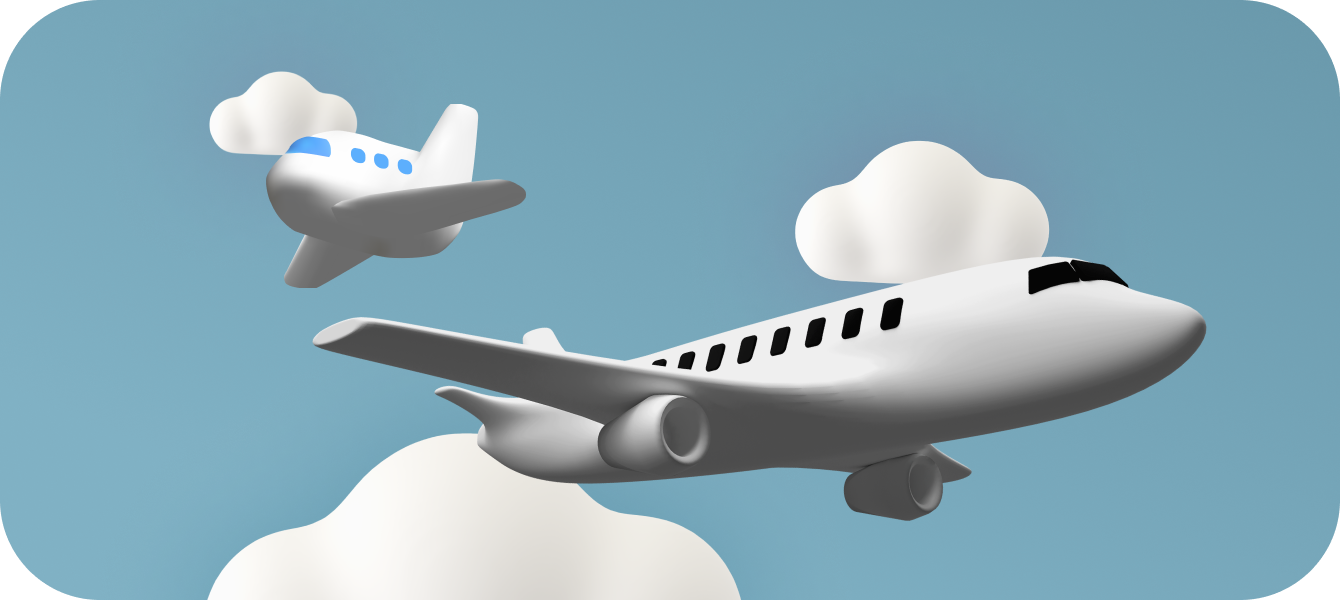
Becoming a Type Rating Instructor (TRI) means you’ll work closely with pilots during one of the most critical transitions in their careers: learning how to operate a new aircraft type safely and effectively. Whether it’s transitioning from a single-engine to a multi-engine aircraft or learning how to fly larger, more complex jets, your role ensures that every pilot is fully competent before flying a new aircraft commercially or privately.
Prerequisites for TRI:
You must have at least 1,500 total flight hours, with a minimum of 500 hours on the aircraft type you intend to instruct.
You must hold a valid Type Rating for the aircraft type you plan to instruct on.
Prior teaching experience as a Flight Instructor (FI) or Synthetic Flight Instructor (SFI) is highly beneficial.
You’ll need to complete a TRI training course for the specific aircraft type, including both theoretical and practical instruction techniques.
Pathway to TRI Certification:
Obtain a Type Rating on the specific aircraft type.
Build at least 500 hours of flight experience on that aircraft type.
Complete a TRI training course, focusing on instructing in both simulators and real-world flight operations.
Pass a practical assessment where you will instruct a mock lesson under the supervision of a senior TRI or examiner.
TRE and SFE – Type Rating Examiner and Synthetic Flight Examiner

The roles of a Type Rating Examiner (TRE) and Synthetic Flight Examiner (SFE) are vital in evaluating pilots' ability to operate specific aircraft types. While a TRE conducts flight tests in actual aircraft, an SFE specialises in carrying out evaluations in simulators. Both ensure that pilots are fully prepared to handle all aspects of their type rating, from routine procedures to emergencies.
Becoming a TRE or SFE places you in a critical role of the final assessment, where you determine whether a pilot is ready to operate a specific aircraft safely. These certifications require you to have in-depth knowledge of both the aircraft and the regulations that govern its operation, making your expertise indispensable in aviation training.
Prerequisites for TRE:
A minimum of 1,500 total flight hours, with at least 500 hours on the specific aircraft type.
You must hold a valid Type Rating for the aircraft type you intend to examine.
You must be a certified TRI with extensive instructional experience on the aircraft type.
Completion of an examiner training course for the specific aircraft type, which includes how to evaluate pilots in both flight and ground scenarios.
Pathway to TRE Certification:
Hold a Type Rating and build 500 hours of experience on that aircraft type.
Complete a TRI training course and gain experience as a Type Rating Instructor.
Enrol in a TRE training course, which includes hands-on training on how to evaluate pilots in real-world flight conditions.
Pass a practical evaluation where you will conduct a check ride under the observation of a senior TRE.
Prerequisites for SFE:
Significant experience in simulated flight operations on the specific aircraft type.
You must be a TRI or have extensive simulator training experience.
Completion of SFE-specific training, focusing on evaluating pilots in simulators, including handling emergencies and abnormal situations.
Pathway to SFE Certification:
Gain experience as a TRI or flight instructor and build knowledge of the simulator for the aircraft type.
Complete a SFE training course, which focuses on simulator-based assessment techniques.
Pass an evaluation where you conduct a simulator check ride under supervision.
Why These Ratings Matter

These advanced ratings are not just milestones in a pilot’s journey — they are gateways to a more rewarding and respected career. By becoming a certified instructor or examiner, you open doors to high-demand roles, such as training commercial pilots, conducting type-rating courses for airlines, or evaluating pilot competency during check rides. With these certifications, pilots can move into roles such as Flight Operations Manager, Chief Pilot, or Head of Training, leading to career opportunities that offer both higher compensation and greater influence over training and safety standards.
Instructors and examiners are in high demand globally, especially as airlines continually need to train and certify new pilots. According to Boeing’s 2022 Pilot and Technician Outlook, the aviation industry will require 602,000 new pilots by 2041, creating a pressing need for certified instructors (IRIs and TRIs) and examiners (IREs and TREs).
These certifications also come with enhanced credibility and recognition within the aviation community, as they demonstrate your expertise and commitment to maintaining aviation safety standards. Moreover, this level of qualification often leads to higher pay, as airlines and training centers highly value instructors and examiners with advanced knowledge and skills.
For example, an airline pilot with a TRI or TRE certification can expect to earn between 20% to 40% more than a standard line pilot, depending on the airline and region. According to Glassdoor, flight instructors at airlines and training schools can earn up to £90,000 ($115,000) per year, with more experienced examiners and senior instructors earning even more.
How to Get These Ratings Without the Stress

The transition from being a proficient pilot to becoming a competent instructor or examiner requires not only flying skills but also teaching and evaluation abilities, which demand additional preparation. Many pilots face common mistakes that can lead to frustration, such as underestimating the workload involved. Overconfidence can also be an issue — assuming that experience as a pilot alone is enough to pass the certification exams often leads to disappointment. Additionally, poor time management can make balancing work, study, and simulator practice overwhelming.
Here are some practical tips to help you navigate the certification process smoothly:
1. Start with the Right Mindset
Transitioning from pilot to instructor or examiner is a mental shift. You’re moving from focusing solely on your own performance to being responsible for others' learning or evaluation. Approach this with humility, recognising that teaching or examining pilots requires different skills. Being prepared for the extra workload and developing patience for mentoring or assessing others is key.
2. Find a Reputable Flight Training Organisation (FTO)
Not all FTOs are equal when it comes to preparing pilots for advanced certifications. Research and choose a training provider with a strong track record in certification programs. Look for organisations accredited by regulatory bodies like EASA or CAA and that offer high-quality simulator training for the SFE and TRE certifications. These institutions often provide structured courses that cater to both the theoretical and practical elements of becoming an instructor or examiner.
3. Preparing for the Exams
The exams—whether practical or theoretical—require comprehensive preparation. For the practical assessments (like TRI and TRE), simulator practice is essential, especially for handling complex scenarios. For theoretical exams (like IRI or IRE), create a study schedule that allows ample time to review regulations, procedures, and instructional techniques. The use of mock exams and simulator sessions will boost your confidence and highlight areas that need improvement.
4. Mentorship and Networking
Having a mentor who has already navigated the path to becoming an instructor or examiner can be invaluable. They can provide insights into the challenges you’ll face, offer advice on how to excel in exams, and help you avoid common mistakes. Additionally, networking with other pilots pursuing similar goals can provide moral support, share resources, and create opportunities for collaborative learning.
By starting with the right mindset, choosing a reputable FTO, preparing effectively for exams, and building a strong network of support, you can navigate the path to gaining advanced aviation certifications without unnecessary frustration.
Airhead's Takeaway

While the journey to becoming an IRE, IRI, TRI, TRE, or SFE may be rigorous, the satisfaction of guiding others and contributing to aviation safety makes it undeniably worthwhile. As you transition from pilot to instructor or examiner, you’ll not only refine your own skills but also play a pivotal role in shaping the future of aviation. The responsibility of teaching and evaluating the next generation of pilots is both an honour and a deeply rewarding experience. Embrace the challenge, knowing that each step brings you closer to a career that’s more fulfilling and impactful. The effort you invest today will pay off as you leave a lasting mark on aviation’s safety and excellence.

